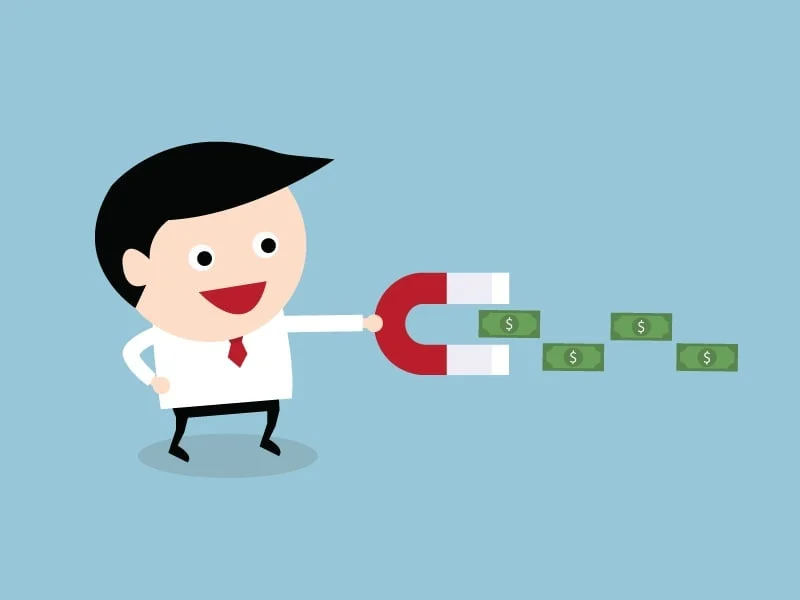

Non-paying patients are an unfortunate practice reality. And when money goes undeceived at the encounter, the odds of collecting only go down from there.
According to 2017 data, practices only collect 12% of outstanding balances at time of service, and collect nothing 67% of the time. The bigger the bill, the less likely it is to ever be paid: Practices collect 40% of outstanding balances when the tab is $35 or less, but just 6% when the patient's debt tops $200.
So what’s a practice to do? Well, even though there will always be non-paying patients, there will always be ways to reach them (and persuade them to pay). Here are the latest tips for following up.
Remember the relationship
The front desk is your first line of defense against unpaid balances. Your administrative staffers do more than check patients in and out – they also act as stewards of your office’s relationships with patients.
Payment is part of that relationship. Training your front desk staff to respectfully remind patients of unpaid balances is one of the most effective ways to avoid sending them to collections. Make it part of your office processes to cross-reference non-payments with your appointment lists, and task staff with talking to them about payment options and expectations (while still treating them like people).
Think beyond the phone call
If the patient ignores paper bills and stops visiting your office after a while, the phone call is usually a practice’s next step to get them to pay up. But how often does hitting them up by phone actually work? If they don’t answer the second or third call, they’re hardly going to pick up the fourth (or fifth, or sixth…).
Get creative about contacting patients. If you have their email address, you can send personalized messages that don’t have to come from “Collections” – they can come from Carol at the front desk, or from the provider who treated them. Texts can work, too.
Pivot to a payment option
Another approach is to stop sending out those big bills for the full amount owed altogether, and replace it with an auto-enrollment into a payment plan – the idea being that incremental payments are at least better than no payments at all.
In your messaging to patients you can test an on-demand approach accepting debit-card payments. Your unpaid balance of $250 is overdue, but we’ve enrolled you in an easy payment plan. You owe just $25 today – click here. It’s not guaranteed to work, but being persuasive might help you get the patient’s balance back on track.
Are you interested in learning more revenue cycle management tips? Visit our blog!
...and if you need help from a medical billing company...
{{cta('1f0f81a0-da21-469b-9c74-5fbcf7357a51')}}



